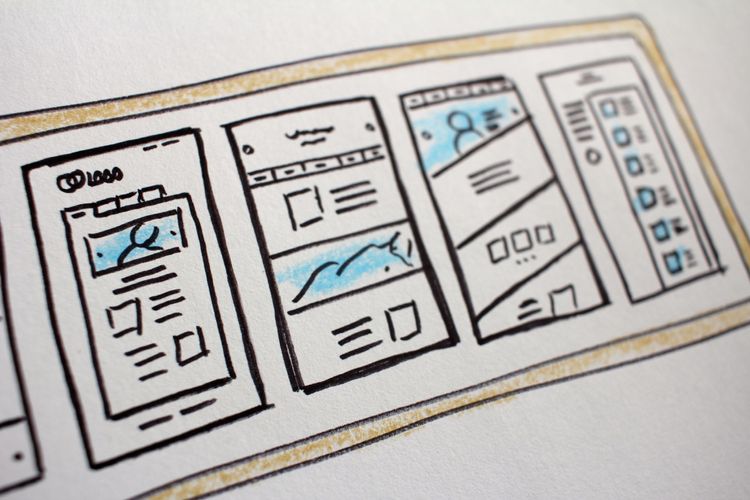In the ever-evolving digital landscape, security is a top priority for product development. This article, "Secure Development Practices: Building a Resilient Product," delves into the critical importance of incorporating secure development practices in your product development lifecycle. Discover how these practices are key to ensuring your product's resilience against potential threats and vulnerabilities.
The Essence of Secure Development
Secure development is a holistic approach to product creation that prioritizes security from the very beginning. It involves identifying potential security risks and vulnerabilities at each stage of the development process and taking proactive measures to mitigate them.
Security Across the Product Lifecycle
Ensuring security throughout the product development lifecycle is essential. This includes security planning, coding practices, testing, and continuous monitoring. Each phase plays a crucial role in building a resilient product that can withstand cyber threats.
Best Practices for Secure Development
Secure development practices include:
1. Threat Modeling: Identifying potential threats and vulnerabilities early in the development process.
2. Secure Coding: Implementing coding practices that minimize vulnerabilities and weaknesses.
3. Penetration Testing: Evaluating the product's security by simulating real-world attacks.
4. Security Updates: Maintaining security through regular updates and patches.
5. Training and Awareness: Ensuring that the development team is aware of security best practices.
6. Compliance with Standards: Adhering to industry-specific security standards and regulations.
Building Resilience Through Security
By integrating secure development practices, you not only protect your product and data but also build resilience. A resilient product can withstand security challenges and maintain its functionality and integrity even in the face of cyber threats. It enhances your reputation and customer trust.
Conclusion
"Secure Development Practices: Building a Resilient Product" is not just a technical requirement; it's a strategic imperative in today's digital landscape. Prioritizing security from the inception of your product development can make the difference between success and vulnerability. By embracing secure development practices, you build a product that is not only secure but also resilient, earning the confidence of your users and stakeholders.
